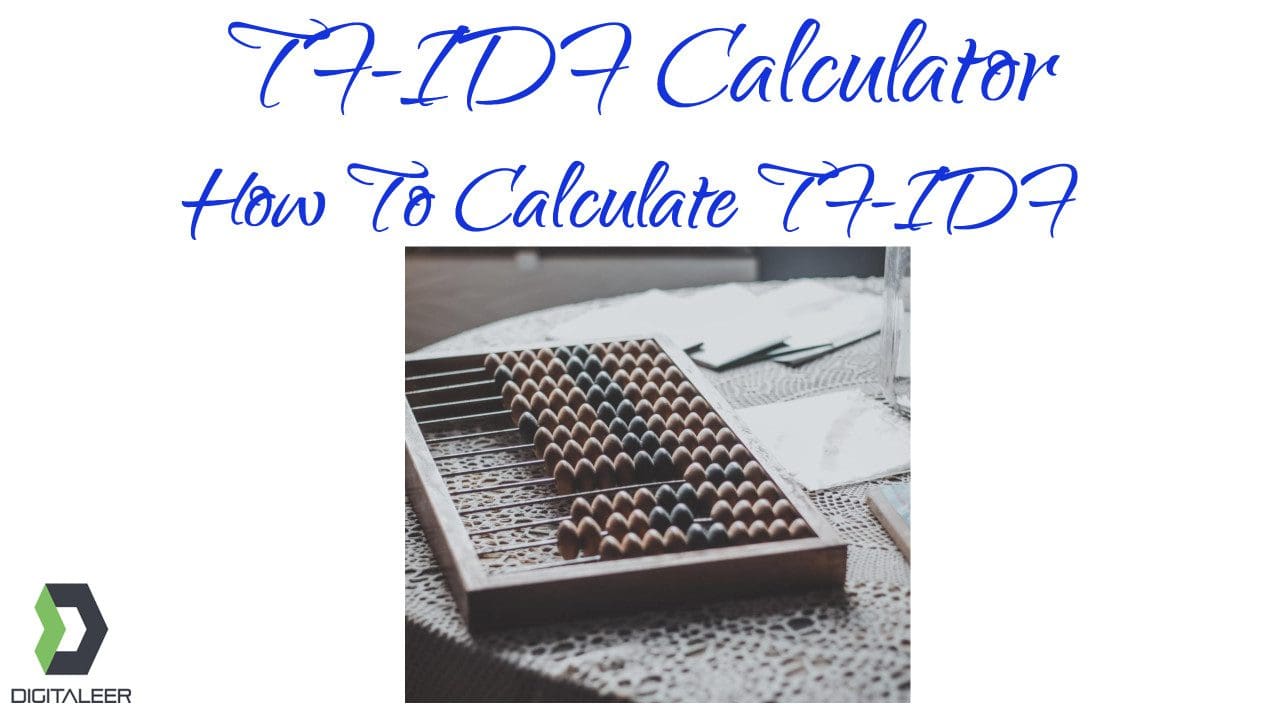TF-IDF Calculator
What is TF-IDF?
TF-IDF is a statistical measure used to evaluate the importance of a term within a collection of documents. It takes into account two crucial factors: term frequency (TF) and inverse document frequency (IDF). TF represents the number of times a term appears in a document, while IDF measures how rare or common a term is across the entire collection. By multiplying these two values, the TF-IDF score is obtained, indicating the significance of a term in a particular document.
Applications of TF-IDF Calculator:
-
Information Retrieval (TF-IDF) is extensively used by search engines to classify documents based on their relevance to queries. In addition, by granting higher weights to phrases that are often used in a document, but not throughout the collection, TFIDF boosts the accuracy of results of a search.
-
Text Mining and Summary: TF-IDF is an effective tool for finding keywords and phrases that are significant from large text corpora. It aids in identifying the most relevant terms and allows the creation of insightful summary.
-
Document Classification: TF-IDF is utilized in machine learning algorithms for document categorization. Calculating the TFIDF scores of terms within a document allows to accurately classify documents into pre-defined categories.
-
Sentiment Analysis: Using TFIDF, models of analysis can detect those words that have the most impact on the mood of a text. Automated systems can categorize texts as positive, neutral, or negative, based on the importance they have.
TF Calculation
The formula used above is used to calculate TF for each term within the document. The TF values are typically normalized to eliminate bias toward longer documents, such as by multiplying the raw frequency by the total number of words in the document.
IDF Calculation
IDF is calculated per term in the collection. The IDF is directly related to the number documents that contain the term. A higher IDF score means that a word is relatively scarce in the collection.
TF-IDF Score Calculation
The score for TF-IDF is calculated by multiplying the TF and IDF scores for each term in a document. This score represents the significance of each term within the document to the entire collection.
TF-IDF Calculator FAQs
Q1. What is the significance of TF-IDF in text analysis?
TF-IDF helps identify important terms within a document or a collection of documents, enabling better understanding, summarization, and classification of textual data.
Q2. Can TF-IDF handle multiple languages?
Yes, TF-IDF is language-agnostic and can be applied to various languages, provided the appropriate preprocessing steps are taken.
Q3. Are there any limitations to TF-IDF?
TF-IDF does not consider the semantic relationships between terms and can be sensitive to document length. Additionally, it may not perform well with extremely short documents.
Q4. Is TF-IDF the only technique for text analysis?
No, TF-IDF is one of many techniques used in text analysis. Other methods include word embeddings, topic modeling, and deep learning approaches.
